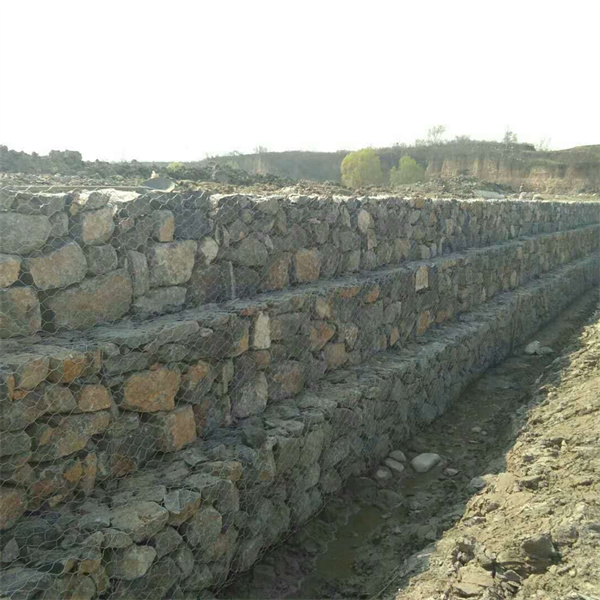అక్టో . 07, 2024 07:45 Back to list
gabion meaning
Gabion, derived from the Italian word gabbione, which means big cage, has become an essential element in modern engineering and landscaping projects. These wire mesh containers, typically made from galvanized steel or PVC-coated wire, are filled with stones, rocks, or other heavy materials, making them highly effective in various applications.
One of the primary uses of gabions is in erosion control. When placed along riverbanks, shorelines, or steep slopes, they help absorb the impact of flowing water and reduce soil erosion. The weight and stability of the filled gabions create a robust barrier that prevents soil from washing away, which is crucial for maintaining the integrity of natural landscapes and human infrastructure.
.
Gabions are also favored in civil engineering for their structural abilities. They can be employed in creating retaining walls, sound barriers, and even foundation supports. The flexibility in design allows engineers to tailor gabion structures to their specific needs, accommodating different environmental conditions and site requirements. Moreover, the porous nature of gabions enables water drainage, reducing hydrostatic pressure and reinforcing stability.
gabion meaning

With the increasing focus on sustainability, gabions present an eco-friendly alternative to conventional construction materials. They can often be filled with locally sourced stones, minimizing the environmental impact associated with transporting heavy building materials. Furthermore, gabions promote the growth of vegetation, which helps restore natural habitats and improves air quality.
The installation of gabions is typically straightforward, requiring minimal heavy machinery and labor. This efficiency not only reduces costs but also allows for quicker project completion. Their durability is another significant advantage, as they are designed to withstand harsh weather conditions and require little maintenance over time.
In conclusion, gabions are multifaceted structures that are gaining popularity in various fields, including environmental conservation, landscape design, and civil engineering. Their ability to provide stability, promote sustainability, and enhance aesthetic value makes them an invaluable resource in modern construction and landscaping. As we continue to seek innovative and eco-friendly solutions, gabions will likely play a vital role in shaping our built environment while respecting and preserving the natural world.
-
Why PVC Coated Gabion Mattress Is the Best Solution for Long-Term Erosion Control
NewsMay.23,2025
-
Gabion Wire Mesh: The Reinforced Solution for Modern Construction and Landscape Design
NewsMay.23,2025
-
Gabion Wall: The Flexible, Seismic-Resistant Solution for Modern Landscaping and Construction
NewsMay.23,2025
-
Gabion Wall Solutions: The Durable, Decorative, and Affordable Choice for Every Landscape
NewsMay.23,2025
-
Gabion Basket: The Durable and Flexible Alternative to Traditional Retaining Walls
NewsMay.23,2025
-
Gabion Basket: The Proven Solution for Slope Stability and Flood Control
NewsMay.23,2025
-
Versatility of Chain Link Fence Gabion
NewsMay.13,2025






